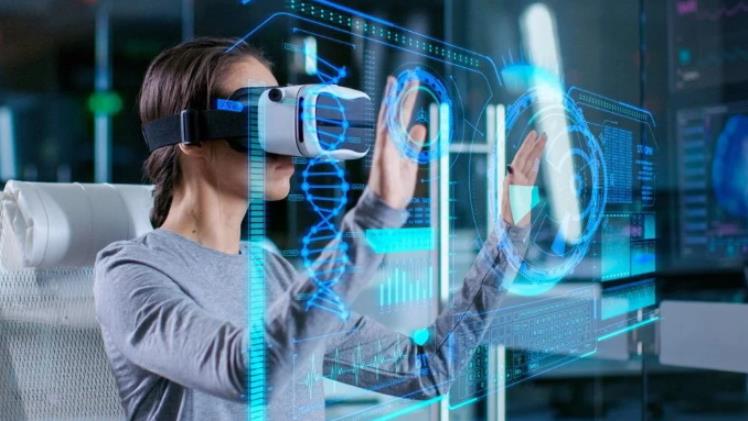The Future of Learning: How Augmented Reality Enhances Education

Education has always evolved with technology. From blackboards to projectors, and later from computers to online platforms, each step has changed the way students learn and teachers teach. Today, one of the most exciting innovations shaping classrooms around the world is augmented reality. This technology blends digital information with the real world, offering students interactive and engaging experiences that go beyond traditional textbooks. As schools continue to adapt to modern needs, augmented reality is set to play a major role in the future of learning.
Understanding Augmented Reality in Education
Augmented reality, often called AR, uses digital elements such as images, videos, or 3D models to enhance real-life environments. Unlike virtual reality, which creates a completely new digital space, augmented reality adds interactive layers to the world we already see. In education, this means that a student looking at a page in a textbook could use a tablet or smartphone to see a 3D model pop up from the page. This simple interaction makes learning more exciting and memorable because it connects theory with visual experience.
Making Complex Subjects Easier to Understand
One of the main advantages of augmented reality in classrooms is how it helps explain complex topics. Many subjects, such as biology, chemistry, or physics, can be challenging to visualize through words and diagrams alone. With augmented reality, students can view a 3D model of the human heart, rotate it, and see how blood flows through it. In chemistry, they can watch molecules interact in real-time, instead of only reading about them. These experiences provide clarity and reduce confusion, making learning much more effective.
Encouraging Active Participation
Traditional education methods often rely on lectures and note-taking, which can make students passive learners. Augmented reality changes this by encouraging active participation. When students use AR applications, they interact directly with the content. For example, in history lessons, students can explore ancient ruins virtually as if they were walking through them. This type of involvement keeps learners more focused and motivated. By making the learning process feel like an adventure, augmented reality increases curiosity and strengthens knowledge retention.
Bridging the Gap Between Theory and Practice
Many learners struggle to connect what they learn in theory with real-world applications. Augmented reality helps bridge this gap. In technical fields such as engineering or medicine, AR can simulate real-life scenarios where students practice skills without risks. A medical student, for instance, can use AR to practice surgical procedures on virtual patients before working with real ones. Similarly, architecture students can design buildings and see how they would look in a real environment. This hands-on approach gives learners confidence and prepares them for practical challenges.
Supporting Inclusive and Accessible Learning
Education should be accessible to everyone, and augmented reality can help achieve this goal. Students with different learning styles benefit from interactive visuals and experiences. For example, visual learners can grasp concepts more quickly with 3D models, while kinesthetic learners enjoy physically interacting with digital objects. AR can also assist students with special needs by offering tailored learning experiences. For instance, a child with dyslexia can use AR-based reading tools that make words and sentences easier to understand. By offering flexible approaches, augmented reality creates a more inclusive environment for diverse learners.
Transforming Classrooms into Engaging Spaces
The classroom of the future will look very different from what we know today. Augmented reality has the power to transform ordinary lessons into exciting journeys. Instead of only reading about planets in space, students could explore a solar system right in their classroom. Geography lessons could take students on virtual tours of countries, mountains, and oceans. These experiences turn learning into a memorable event, which is far more powerful than memorizing facts. When students enjoy learning, they are more likely to continue exploring knowledge beyond the classroom.
Preparing Students for the Future Workforce
The future workplace will demand creativity, problem-solving skills, and comfort with technology. By introducing augmented reality into education, schools can prepare students for these requirements. Learning through AR encourages critical thinking because students often explore solutions in interactive ways. It also familiarizes them with digital tools they may encounter in their careers. For industries such as medicine, engineering, design, and even marketing, AR will become a valuable part of daily work. Students trained with these tools will have a competitive advantage in the future job market.
Conclusion
The future of learning is moving toward more interactive, engaging, and technology-driven methods. Augmented reality stands at the center of this transformation. By making complex topics easier to understand, encouraging participation, and preparing students for real-world applications, AR has the potential to redefine education. It creates classrooms where learning feels alive, inclusive, and enjoyable. As technology continues to grow, augmented reality will not just enhance education—it will reshape it entirely, opening doors to a brighter and smarter future for students everywhere.





